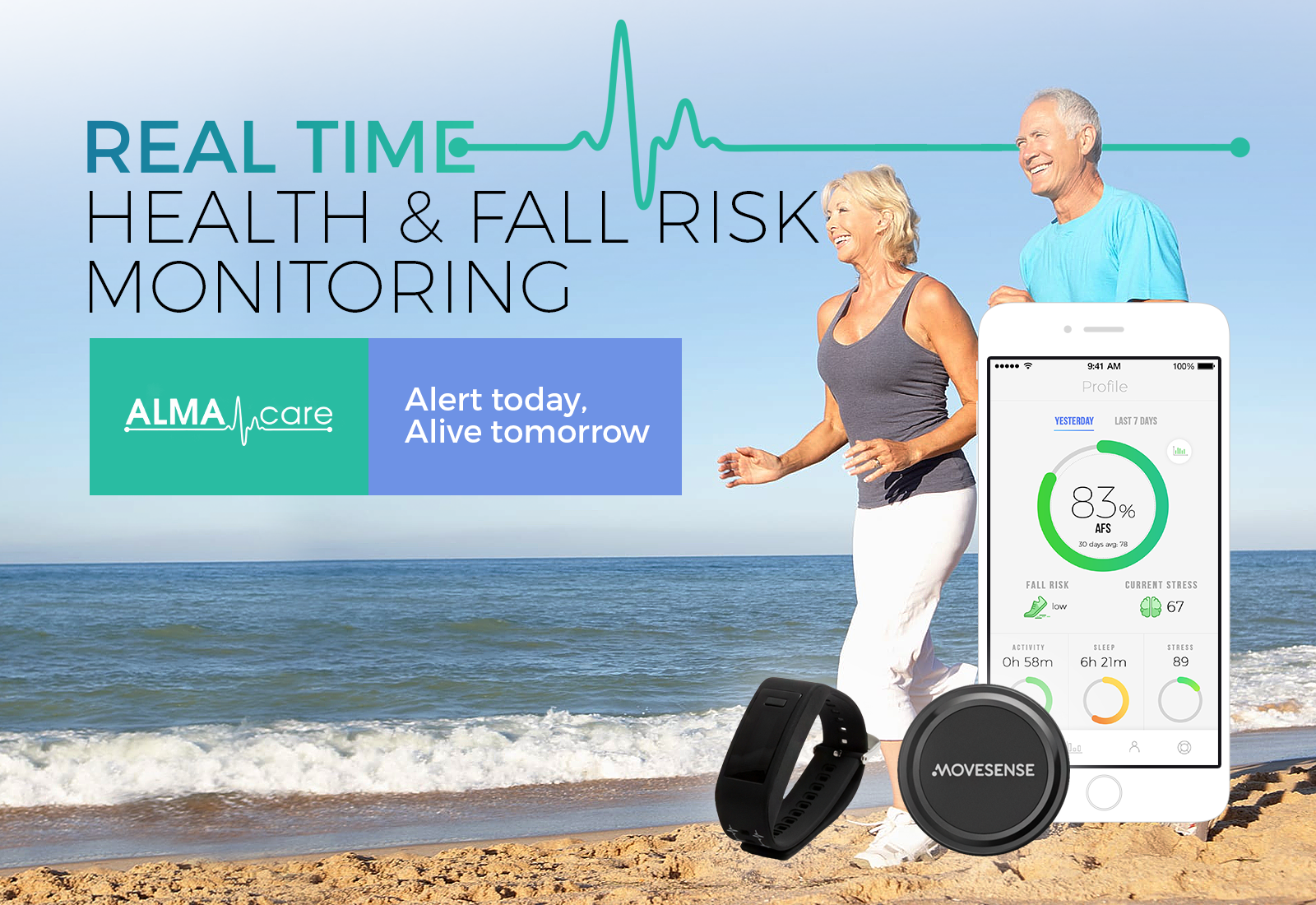Aging gracefully with ALMA.care’s new gait & health analysis – founder Kris Sienaert talks about the solution

When it comes to how wearable technology can improve human health, medical science has only scratched the surface. So says Kris Sienaert, the founder of Belgian Digital Health Tech firm ALMA.care.
“At the moment, we know more about our cars than about our health,” Sienaert said. “We have hundreds of sensors in our cars. If the car gets damaged, we know. If there’s an issue in our car that could lead to expensive repairs, there’s a warning light.”
That’s a good analogy for ALMA.care’s vision for healthcare.
Wear and tear is part of the normal aging process, but often that deterioration, no matter how slow, causes tiny, almost imperceptible changes in how elderly people walk. If doctors were able to detect these changes, they could intervene with coaching and physical therapy, and ward off more falling and the complications of falling.
“The first signal we get from our body is decreased mobility or even falling,” Sienaert said. “That’s too late.”
ALMA.care started using Movesense sensors recently to perform long term analysis on the way elderly people walk.
So-called gait analysis isn’t new to the medical community. Rehabilitation providers and physical therapists already use it. But analyzing walking styles in a clinical setting has distinct drawbacks. The very act of observation may change the way people walk, and the distances people walk in real life tend to be relatively small, maybe a few dozen steps on a flat surface.
ALMA.care thinks a far better solution is to examine how the patient moves in their own environment, when they aren’t being watched.
The sensors can, for example, detect whether a patient has shortened his or her stride, is walking less frequently, or taking more breaks between walking.
ALMA.care’s 24/7 gait analysis solution has won a grant from European health authorities based on his firm’s long track record in developing groundbreaking data analytics solutions in the health sector. After winning, Sienaert turned to Movesense to develop the hardware.
“We’re a software company. If you give us data, we give you insight and analysis” Sienaert said. “But we’re not hardware developers. With Movesense, we can pair our expertise with their technology to address this challenge in elderly care.”
The system can also be used to help people age in their homes, while giving their family the peace of mind they need to know that, if a medical problem develops, either they or a medical professional could be notified.
“Developing the algorithm is quite complex,” Sienaert said. “The changes in gait can be gradual or sudden. A gradual decline may indicate normal wear and tear, or an underlying injury. It may be sudden, the result of alcohol, stroke, or changes in medication. We have taken a big step in being able to analyze the way people walk. The next step involves when to alert individuals or their caretakers, so we need to be very careful about when to raise alarms.”
ALMA.care is one of five companies that will exhibit its Movesense-based solution at CES 2019.
Learn more about ALMA.care product in this case study.
Visit ALMA.care website.
Views: 67
